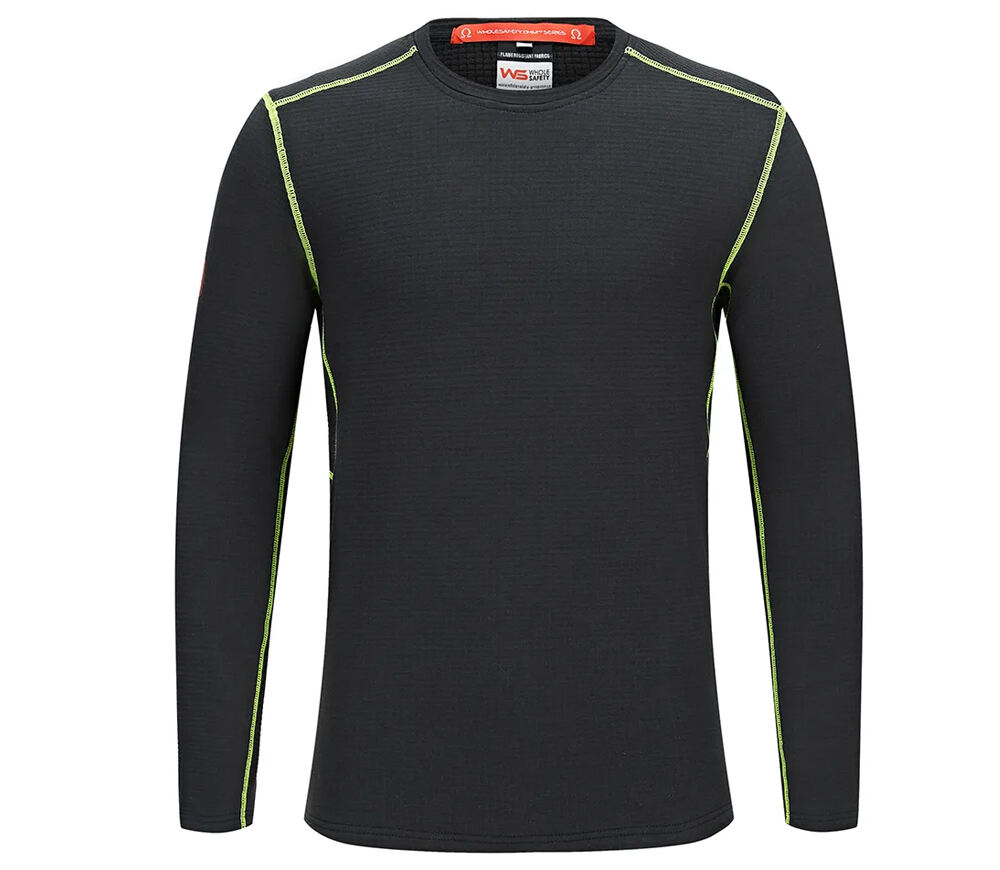The Critical Role of High Visibility Apparel in Safety
Reducing Accident Risks in Hazardous Environments
High visibility apparel plays a vital role in reducing accident risks in hazardous environments like construction sites, road work, and emergency response areas. Workers wearing such clothing can be seen from greater distances, allowing drivers and machine operators ample time to react, thus preventing accidents. The neon colors used create a stark contrast with the surroundings, ensuring that workers remain visible to all, including operators of heavy machinery. Moreover, in low-light or adverse weather conditions, this increased visibility is crucial. Illuminated areas further help distinguish workers from their environments, thereby drastically reducing the number of incidents.
Compliance with Global Safety Standards (OSHA, EN ISO)
High visibility apparel must adhere to global safety standards, such as OSHA regulations and the EN ISO 20471, to ensure maximum worker safety. These regulations emphasize the use of reflective and fluorescent materials to provide effective visibility in various situations. Compliance not only boosts safety but also shields employers from potential liabilities, enhancing the overall workplace environment. Staying updated with these standards is crucial, as they evolve with technological advancements and research. Consequently, companies must ensure their high visibility garments meet the latest compliance requirements to maintain worker safety.
Choosing High Visibility Workwear: Factors to Consider
Types of High Visibility Garments (Vests, Jackets, Coveralls)
High visibility garments, essential for ensuring safety in various workplaces, come in diverse forms such as vests, jackets, and coveralls. Each type caters to particular needs based on the working environment. For instance, vests provide crucial visibility in less hazardous settings where workers may not face severe weather conditions or intense risks. Jackets, on the other hand, offer protection against adverse weather while enhancing visibility, making them ideal for outdoor workers. Coveralls are particularly suited for settings that demand full-body protection, often incorporating additional safety measures like arc flash protective clothing for heavy-duty tasks. Selecting the appropriate garment is pivotal, as industries have unique requirements depending on their specific risk factors and visibility priorities.
Material Considerations for Durability and Comfort
The choice of materials in the construction of high visibility apparel is fundamental to ensure durability and comfort across varying work conditions. Fabrics like polyester and breathable mesh are favored for their ability to maintain reflective properties while offering a level of comfort essential for prolonged wear. Additionally, attributes such as moisture-wicking are important, particularly in warmer climates where physical labor can lead to heat and sweat buildup. Garments should also be resistant to wear and tear and maintain vibrancy over time, as fading can compromise visibility standards. Thus, choosing the right materials can enhance both the functionality and lifespan of high visibility workwear.
Integrating Arc Flash Protective Clothing with Hi-Vis Gear
With the rising concern of electrical hazards in many workplaces, the integration of arc flash protective clothing with high visibility gear becomes increasingly critical. The technical specifications of these garments must ensure that arc-rated fabrics are combined with high reflectivity to meet diverse safety standards. This dual protection guards workers against potential electrical arcs while maintaining compliance with visibility requirements. Insights from industry experts underline that multi-hazard apparel significantly improves worker safety without sacrificing comfort or visibility. It represents a strategic advancement in personal protective equipment, offering comprehensive safety solutions in environments with complex hazard profiles.
Ensuring Correct Fit and Visibility Coverage
For high visibility apparel to function effectively, it must fit properly, avoiding any restrictions on movement that could lead to accidents. The placement of reflective materials is equally critical; ensuring these are situated on the garment where they are most visible can maximize safety by enhancing visibility from all angles. Regular inspections should be conducted to check for tears, fraying, or holes that may compromise the garment's effectiveness. It is also important to account for size variations during selection to cater to different body types, enhancing overall workplace safety.
Cleaning and Storage Best Practices
Proper maintenance of high visibility garments is essential for ensuring their longevity and effectiveness. Cleaning these garments should follow specific guidelines to maintain their reflective properties; using mild detergents and avoiding harsh chemicals is crucial to prevent fading or material degradation. Storage practices are equally important; garments should be kept in dark, dry places away from direct sunlight to prevent fading and prolong their lifespan. Regular checks on storage conditions can help avoid dampness or damage from other stored items, further protecting the garment's quality and functionality.
Overcoming Visibility Challenges with Advanced Solutions
Innovations in Reflective Technologies (Microprismatic, Smart Fabrics)
Recent advancements in reflective technologies, such as microprismatic materials, significantly enhance visibility in low-light conditions, leading to better safety outcomes. These microprismatic materials offer superior reflectivity by capturing and redistributing light more effectively. Moreover, smart fabrics with embedded LEDs are emerging, providing dynamic lighting capabilities that enhance worker visibility, especially in high-traffic areas. Utilizing these innovative materials in high visibility apparel creates opportunities for increased safety performance. Understanding the potential of these technologies is crucial for companies striving to stay at the forefront of worker protection, ensuring that employees are easily visible, thereby reducing the risk of accidents.
Addressing Detection Issues in Automotive Safety Systems
Enhancing visibility also involves addressing detection issues in automotive safety systems, especially in areas with increased pedestrian traffic. Research indicates that vehicles equipped with advanced safety systems may fail to detect workers wearing low-quality visibility apparel, which can lead to dangerous situations. Improving the design of high visibility garments ensures their effective detection by these systems, ultimately enhancing workplace safety. Collaboration between apparel manufacturers and automotive safety engineers is growing, aiming to optimize visibility capabilities for better protection of workers in critical zones. This partnership is essential for reducing accidents and improving safety conditions in environments where pedestrian traffic and automotive interaction are prevalent.

